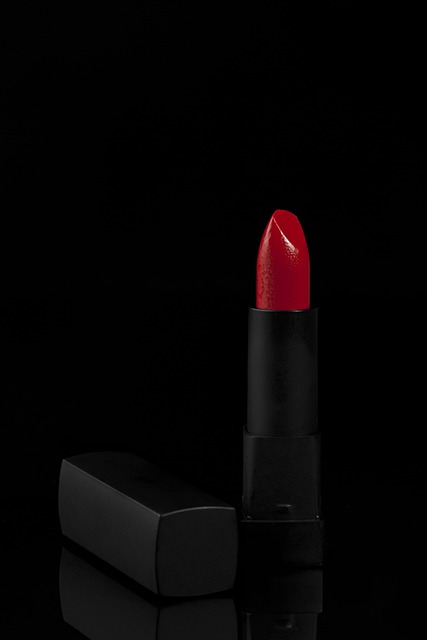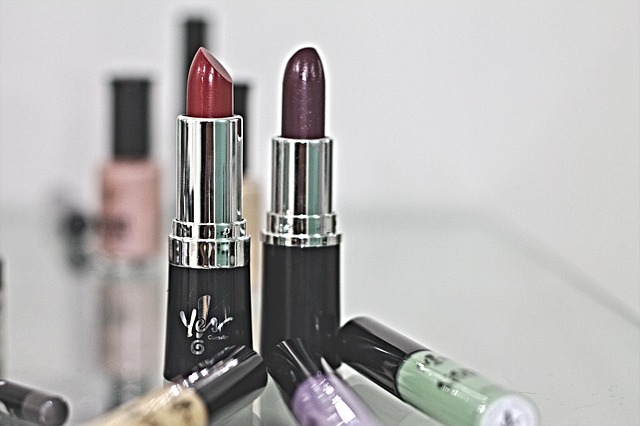Uncovering the key ingredients is essential for choosing a high-quality, safe bff lipstick. Natural and organic components like shea butter, coconut oil, and beeswax nourish and hydrate lips, while synthetic alternatives may cause dryness or irritation. Health-conscious consumers increasingly demand natural options due to concerns about chemicals like parabens and phthalates found in conventional lipsticks. Transparent branding enables users to make informed choices, promoting sustainable, non-toxic beauty products for a safer bff pout.
Uncover the secrets hidden within your favorite cosmetic staple—the BFF (best friend) lipstick. This article delves into the world of lipsticks, exploring their ingredients and their potential impact on your health. We’ll guide you through ‘Uncovering the Ingredients’ to understand what makes a great lipstick. Then, we’ll discuss ‘Potential Health Concerns’ and offer insights into ‘Navigating Alternatives’, empowering you to make informed choices for a safer, healthier pout.
- Uncovering the Ingredients: What Makes a BFF Lipstick?
- Potential Health Concerns and Their Impact
- Navigating Alternatives: Safer Options for Your Pout
Uncovering the Ingredients: What Makes a BFF Lipstick?

Uncovering the Ingredients: The Key to a BFF Lipstick
When it comes to choosing a lipstick, understanding its ingredients is like knowing a secret code that reveals its quality and safety. A BFF (Best Friend) lipstick, one that you can trust and rely on daily, should be crafted with care and consideration for what’s inside. It’s not just about the finish or color; it’s about the health of your lips too.
Natural and organic ingredients are a must-have in any BFF lipstick. These include nourishing substances like shea butter, coconut oil, and beeswax, which not only provide a smooth texture but also act as moisturizers, keeping your lips soft and supple. On the other hand, synthetic alternatives or harsh chemicals can cause dryness or irritation over time. So, when shopping for that perfect shade, read labels carefully to ensure your new lipstick is lip-loving, just like your best friend!
Potential Health Concerns and Their Impact

Many conventional lipsticks contain a range of chemicals that have raised concerns among health advocates and consumers alike. While the industry standards allow for specific levels of these compounds, the potential long-term effects on users remain a topic of debate. Some commonly found ingredients, like parabens and phthalates, have been linked to various health issues. Parabens, often used as preservatives, have sparked discussions about their possible role in hormonal disruption and even potential links to breast cancer. Phthalates, on the other hand, are known to impact hormone regulation and development, especially in children, due to their tendency to mimic endocrine disruptors.
The effect of consistently applying products containing these chemicals, such as your everyday BFF lipstick, is a growing area of interest for scientists. Recent studies suggest that repeated exposure may lead to cumulative effects on the body’s systems. This is particularly concerning given the frequent application and ingestion of lip products, especially by women and young girls who tend to reapply throughout the day. These potential health concerns have prompted consumers to seek out safer alternatives, driving the market for natural and organic cosmetics, including BFF lipstick options that prioritize ingredient transparency and safety.
Navigating Alternatives: Safer Options for Your Pout

Navigating the world of cosmetics, especially when it comes to lipstick, can be a challenge, especially if you’re health-conscious and want to avoid potentially harmful chemicals. Many conventional lipsticks contain ingredients that have raised concerns among consumers and dermatologists alike. However, there’s a growing trend towards safer, more natural alternatives, offering peace of mind for those seeking a flawless bff (best friend) pout without the risks.
One popular option is choosing organic or natural lipsticks, which often use plant-based ingredients like coconut oil, shea butter, and beeswax as a base. These products typically avoid synthetic dyes and fragrances, offering a more gentle and environmentally friendly choice. Additionally, some brands now focus on transparency, listing all ingredients, so you can make informed decisions. Opting for these safer alternatives not only benefits your health but also supports brands committed to creating sustainable and non-toxic beauty products.
When it comes to choosing a lipstick, understanding the chemicals within is key. While BFF lipsticks may offer vibrant hues, it’s essential to consider potential health risks associated with certain ingredients. By navigating safer alternatives and opting for products free from concerning chemicals, you can still enjoy a flawless pout while prioritizing your well-being. Remember, making informed choices allows us to embrace beauty without compromising our health.
